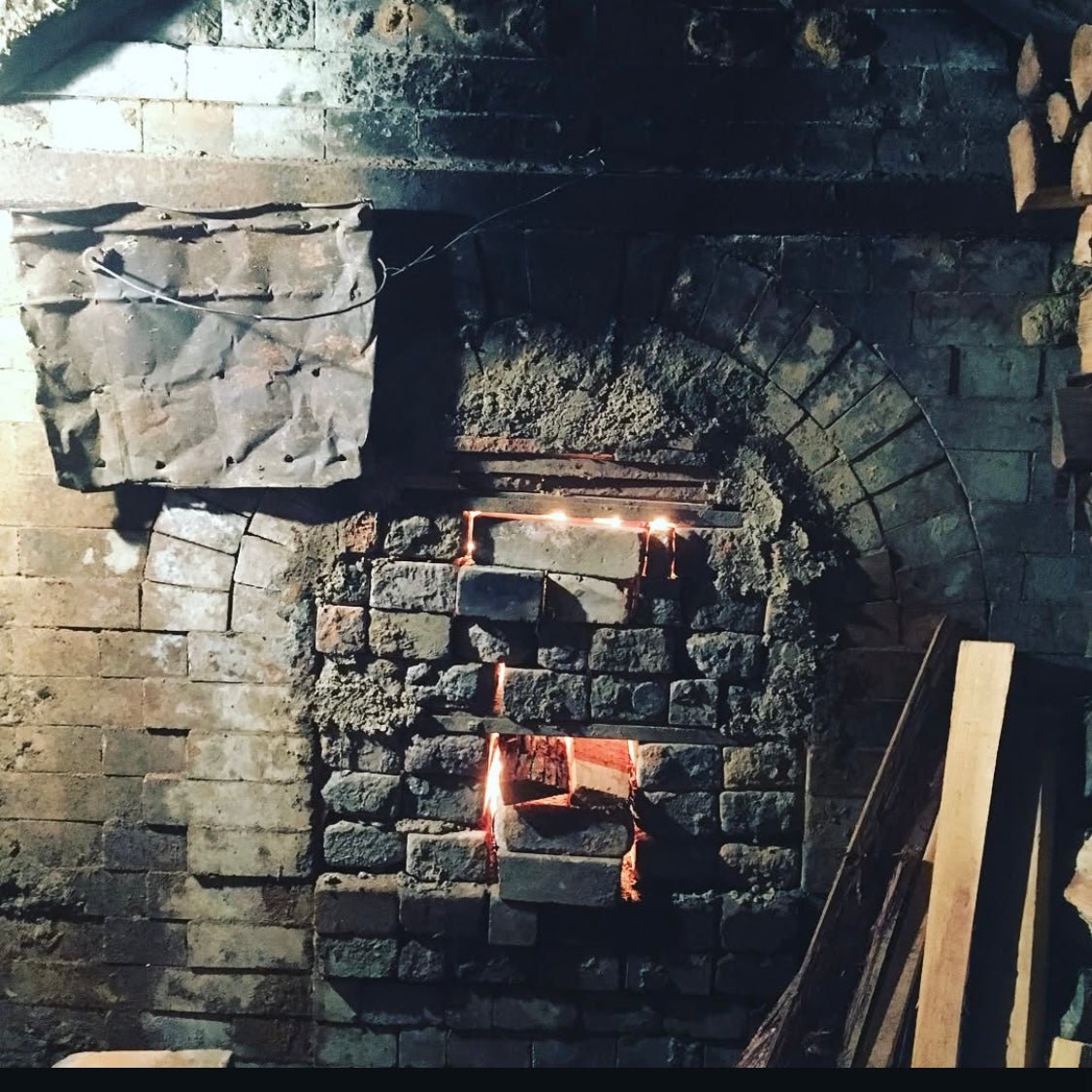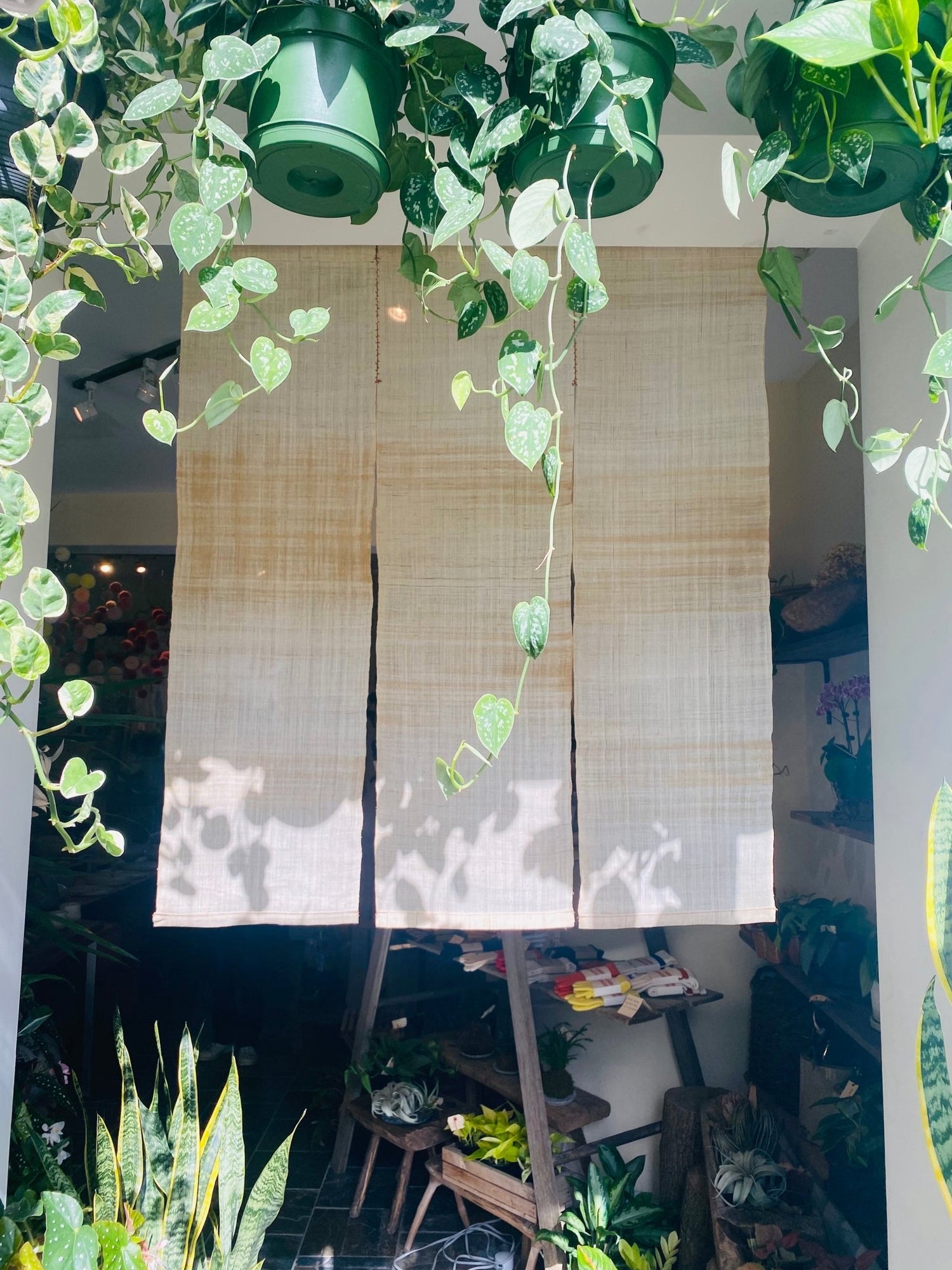Hello, I'm Satoshi, the product manager at MIKA. We started importing tabi socks from Japan last November, in time for the Christmas season. Honestly, we didn't have high expectations at first. I thought, well, maybe some people will like them. But they've been selling much better than I anticipated!
I never paid much attention to socks. Back in Japan, I'd wear my father's or brother's socks without much thought. I figured luxury socks were all about materials and branding. But when Mika (my wife) suggested trying tabi socks, I got interested in the fit and material differences. So, I'd like to briefly introduce the history of socks.
The history of socks dates back to ancient times, with evidence of their existence in places like Egypt since ancient times. They were simple, hand-knitted or sewn from fabric until a clergyman in England invented a knitting machine in 1589, revolutionizing sock production. Subsequently, with advancements in knitting techniques, such as vertical and horizontal knitting, socks spread across Europe and beyond.
Socks spread to Japan in the early Edo period, around the early 17th century. Before that, high-ranking individuals and hunters protected their feet with fabric or leather. While Japan had traditional footwear like zori and geta, tabi socks with separated toes were developed after the Muromachi period. Samurai wore leather tabi socks, although they were notorious for smelling bad when barefoot indoors. Over time, tabi socks became popular among commoners during the Edo period but have seen limited use in recent years. However, the functionality of split-toe tabi socks has gained attention, not only for health benefits like preventing bunions but also for fashion. Recently, tabi socks have become popular in Japan, alongside the resurgence of five-toe socks that were trendy in the 1970s.

(Zori)

(Geta)

(Tabi)
When I used to think of luxury socks, I imagined hand-knitted ones made from premium materials. But nowadays, machine knitting with advanced programming techniques is predominant.
The company we work with, Taiko Co., Ltd., has been producing socks and knitwear in Nagano Prefecture since 1949, with a focus on comfort, functionality, and the use of recycled materials. From colorful fashion socks to those made from materials like merino wool, and ones designed for working individuals with features like cushioning and anti-slip properties, each product is created with a clear concept in mind.


(Taiko Co)
One reason we chose these socks is that winters in Nagano Prefecture, where Taiko is located, are harsh and snowy. We believe socks made by people who experience the severity of winter firsthand will also be appreciated by our customers in Canada.
Nagano Prefecture is a beautiful area surrounded by nature. Karuizawa is famous as a summer resort, Matsumoto City boasts the national treasure Matsumoto Castle, and Lake Suwa hosts fireworks festivals. During winter, Hell Valley's hot springs and winter sports attract visitors. Be sure to consider Nagano Prefecture when traveling to Japan.





